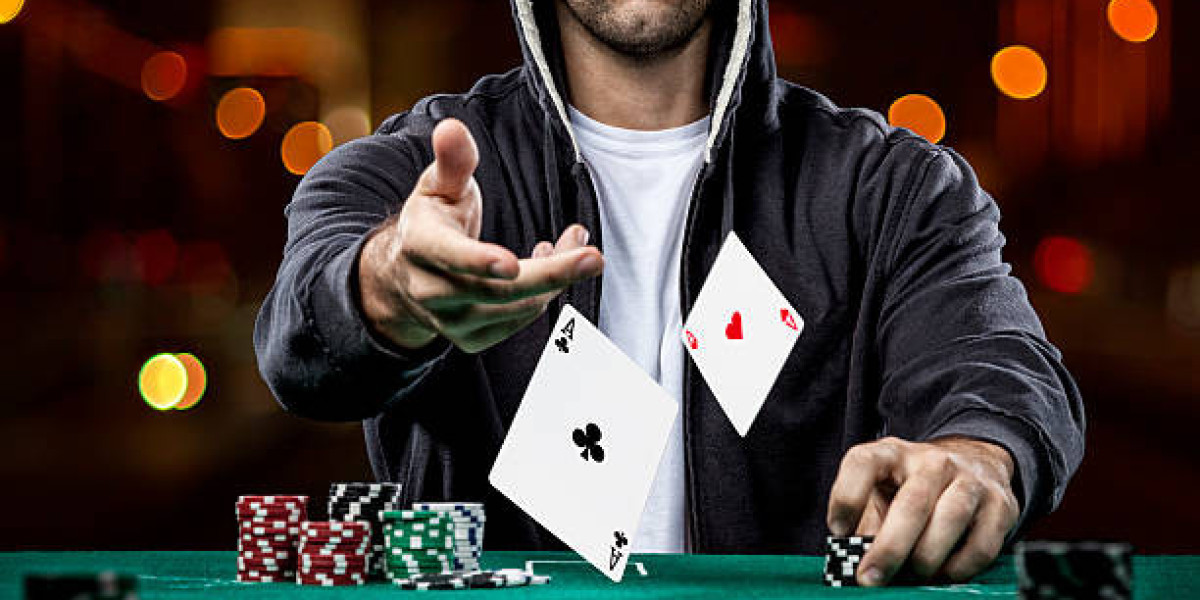Understanding the Basics of Rummy
Before diving into the math behind Rummy, it's essential to recap the game's basics. Rummy is typically played with two to six players, and the objective is to form valid sets or sequences of cards. A player wins by declaring once they have arranged all their cards into sets (three or four cards of the same rank but different suits) and sequences (three or more consecutive cards of the same suit).
The game starts with a deck of 52 cards (or 104 cards in some variations), and players must draw and discard cards to improve their hand. The trick is to strike the right balance between offense (forming your sequences and sets) and defense (disrupting your opponent's plans by withholding or discarding critical cards).
The Role of Probability in Rummy
1. The Probability of Drawing Specific Cards
At the core of any card game is the concept of probability, and Rummy is no different. Each deck of cards contains a finite set of values, and calculating the likelihood of drawing certain cards can significantly inform your strategy.
For example, in a standard deck of 52 cards, there are 13 cards of each suit and 4 cards of each rank. If you need to form a sequence like 7-8-9 of hearts and you already have a 7 and 8, the probability of drawing a 9 of hearts depends on how many cards have already been dealt and discarded.
The probability of drawing a specific card from the deck (before discards) is approximately 1 in 52 or about 1.92%.
However, as you observe other players’ discards, the probability changes, as you can eliminate certain cards from the deck.
Knowing these odds can guide your decision-making—whether to hold onto certain cards or discard them in hopes of drawing better combinations.
2. Probability of Sequences and Sets
Players also need to evaluate the probability of forming sequences and sets. Statistically, sequences (runs) are easier to form than sets, as there are more combinations available. For instance, to form a sequence in any suit, you have multiple adjacent numbers that can be drawn. In contrast, sets require exact matches in rank across different suits, which narrows your options.
Calculating the probability of completing a hand with sets and sequences involves understanding not only the cards in your hand but also what’s available in the deck and what your opponents are likely holding.
The Power of Observation
1. Tracking Discards and Draws
One of the most important skills in Rummy is observing and remembering which cards have been discarded. Each discarded card reduces the pool of available cards, which changes the probabilities for everyone at the table. Advanced players keep track of these discards and use this information to predict which cards are still in play, which cards their opponents might be waiting for, and how close they are to completing a set or sequence.
2. Estimating Opponents’ Hands
Mathematics also plays a role in "reading" your opponents. By observing the cards they pick up from the open pile or discard, you can estimate the type of hand they’re building. For example, if a player picks up a discarded Queen of Spades, there’s a high probability they are either working on a set of Queens or a sequence involving the Queen of Spades.
Expected Value in Rummy
1. Weighing Your Choices
The concept of expected value (EV) in Rummy can be applied when deciding whether to hold onto certain cards or discard them. EV is a statistical measure that represents the average outcome of a particular decision, given the probabilities of different outcomes.
For instance, if you are deciding whether to keep a Joker or discard it in favor of another card, you must weigh the potential gains against the risk. Jokers are valuable in completing sets and sequences, but holding onto them for too long can leave you vulnerable if you can’t declare before your opponents.
If the probability of completing your hand with a Joker is high, the expected value of keeping it increases. Conversely, if you think holding onto the Joker is slowing your progress and preventing you from completing other important combinations, its expected value decreases.
Strategic Mathematical Concepts in Rummy
1. The Monty Hall Problem Applied to Rummy
The Monty Hall problem, a famous probability puzzle, can have interesting applications in Rummy. The original puzzle involves choosing between three doors, behind one of which is a car (the prize) and behind the other two, goats. After choosing a door, the host opens one of the other doors to reveal a goat and offers the player a chance to switch doors.
The best strategy in the Monty Hall problem is to always switch doors, as it increases the probability of winning from 1/3 to 2/3. Similarly, in Rummy, players are often faced with decisions where switching strategies can improve their chances of winning.
For example, you might be holding onto cards for a specific set or sequence, but the cards aren’t coming your way. In this scenario, switching to a different strategy—such as breaking up your set and trying for a new one—can increase your chances of completing your hand more quickly.
2. The Gambler’s Fallacy
Rummy players must also avoid falling into the trap of the gambler’s fallacy—the mistaken belief that past events affect future outcomes in independent events. For example, just because you haven’t drawn a card you need in several rounds doesn’t mean it’s more likely to come up in the next draw. Each draw is an independent event with its own probability, unaffected by what’s happened before.
Conclusion
While Rummy is often seen as a game of chance, math plays an undeniable role in shaping winning strategies. By understanding the probabilities involved in drawing cards, forming sets and sequences, and predicting your opponents’ hands, you can make more informed decisions and increase your chances of success. Combining mathematical analysis with observation and intuition can transform you from a casual player into a Rummy master.








